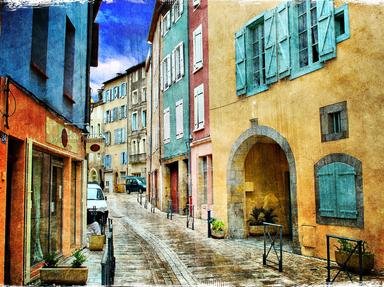
From Then to Now in Ten Easy Steps Quiz
Art has evolved through many different forms from the prehistoric ages until today. Here are ten major periods; can you put them in the correct chronological order?
A matching quiz
by WesleyCrusher.
Estimated time: 4 mins.
- Home
- »
- Quizzes
- »
- Humanities Trivia
- »
- Art
- »
- Art History